Take a Closer Look at Our Universe
Inspired by the NASA James Webb Space Telescope
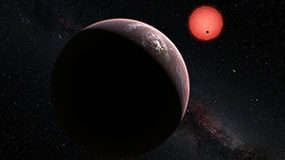
Lesson Plan
How can we tell if a planet is habitable without visiting that planet?
Students analyze and interpret data from our solar system and the TRAPPIST-1 System and look for patterns among the systems that can be used to identify a cause-and-effect relationship between star temperature and habitable zone location. Students engage with text and video to learn that the boundaries of the habitable zone are determined by the highest and lowest temperatures at which water can exist as a liquid.
Students use a model to help explain how TRAPPIST-1 (star) light transmitted through TRAPPIST-1e’s atmosphere and gathered by the James Webb Space Telescope reveals the composition of the atmosphere. Students use gathered evidence and scientific information from NASA-produced articles and videos to construct an explanation of how we can tell if TRAPPIST-1e is habitable without actually visiting that planet.
Upcoming Web Seminars
NSTA Press books
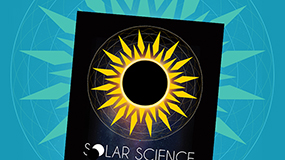
Solar Science: Exploring Sunspots, Seasons, Eclipses, and More
by: Dennis Schatz and Andrew Fraknoi
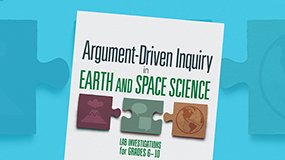
Argument-Driven Inquiry in Earth and Space Science: Lab Investigations for Grades 6–10
by: Victor Sampson, Ashley Murphy, Kemper Lipscomb, and Todd L. Hutner

Uncovering Student Ideas in Astronomy: 45 New Formative Assessment Probes
by: Page Keeley and Cary Sneider

When The Sun Goes Dark
by: Andrew Fraknoi and Dennis Schatz
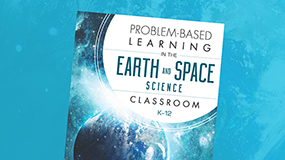
Problem-Based Learning in the Earth and Space Science Classroom, K–12
by: Tom J. McConnell, Joyce Parker, and Janet Eberhardt
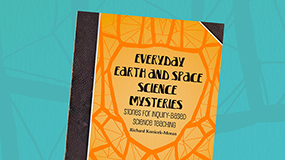
Everyday Earth and Space Science Mysteries: Stories for Inquiry-Based Science Teaching
by: Richard Konicek-Moran


